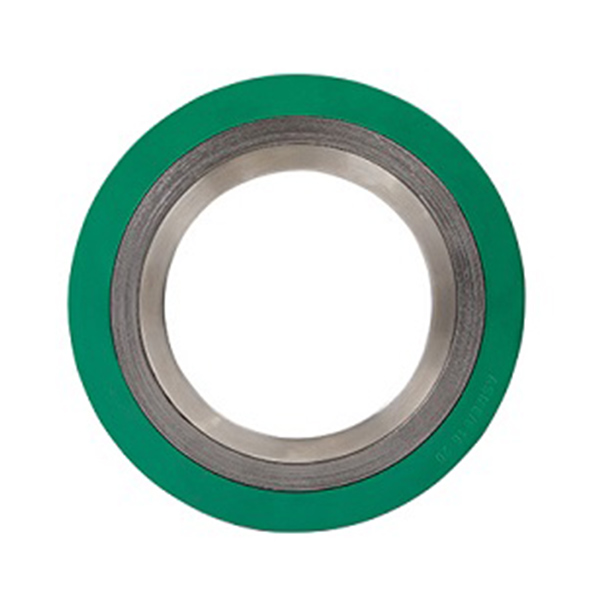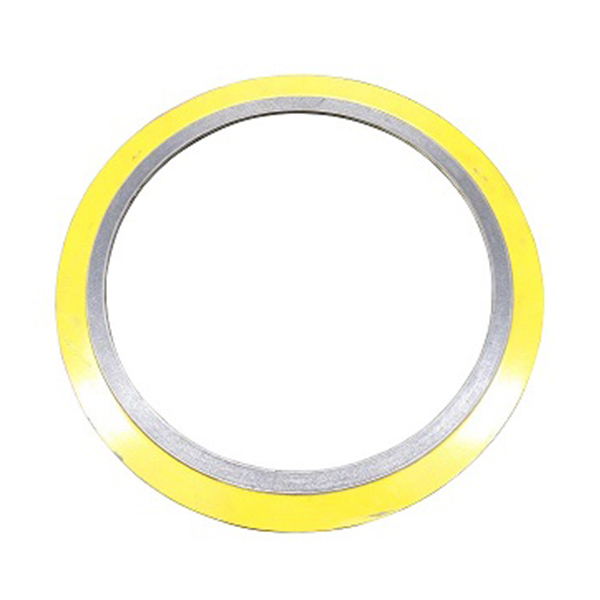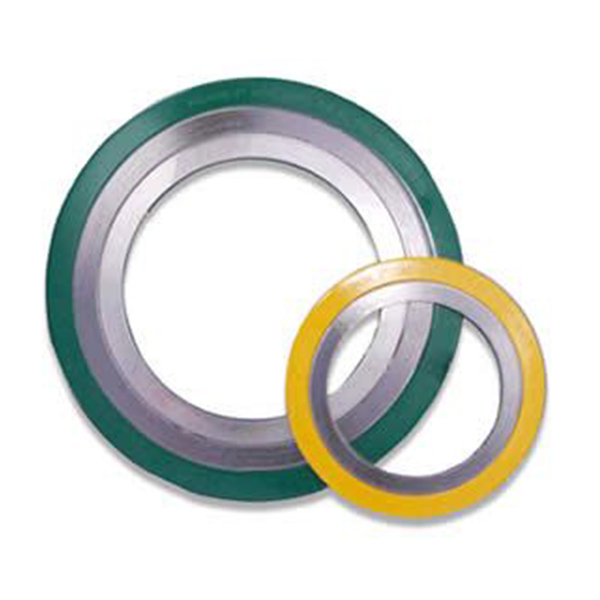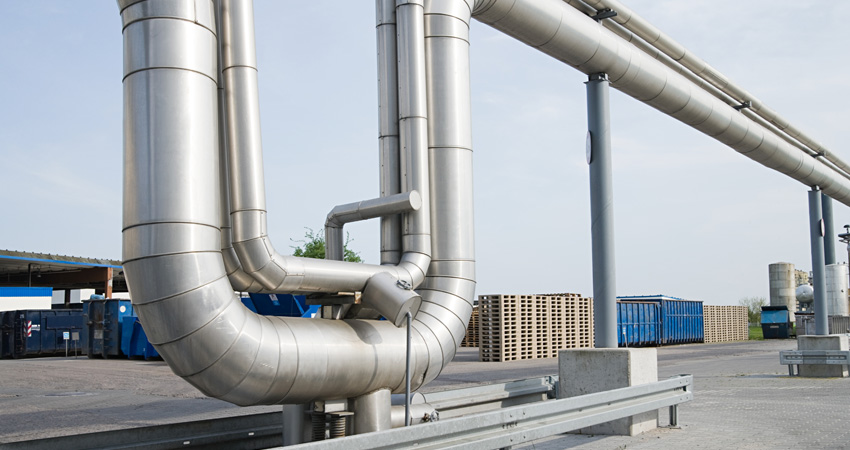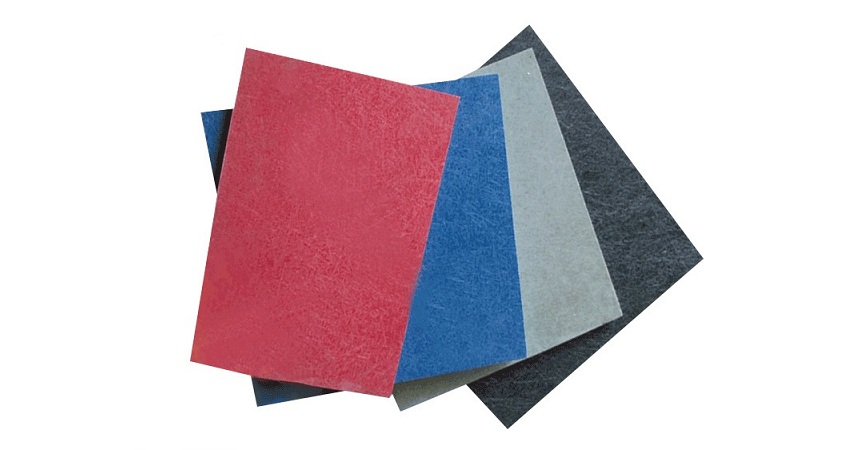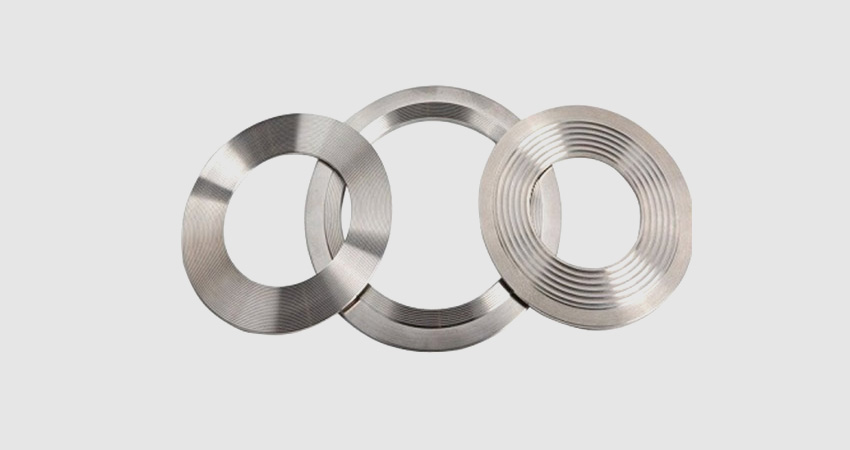Asbestos Sheet
What is Asbestos Sheet?
An asbestos sheet is a building material composed primarily of asbestos fibers mixed with cement or other binding agents. Historically, it was widely used in construction for its excellent fire resistance, durability, and insulating properties. These sheets were commonly applied in roofing, siding, and insulation for industrial, commercial, and residential buildings. However, due to health risks associated with asbestos exposure, such as lung diseases and cancer, many regions have restricted or banned its use. Modern alternatives focus on providing similar benefits without the hazardous fibers.
Key Product Parameters
Our asbestos sheets are manufactured to meet high standards, ensuring performance and reliability. Below are the detailed specifications presented in a list and table for clarity.
List of Parameters
- Material Composition: Chrysotile asbestos fibers (typically 10-15%) combined with Portland cement (85-90%) and reinforcing materials.
- Thickness: Available in various thicknesses, ranging from 3mm to 20mm, to suit different applications such as roofing or wall cladding.
- Dimensions: Standard sizes include 2440mm x 1220mm (8ft x 4ft), with custom sizes available upon request.
- Density: Approximately 1.6-1.8 g/cm³, providing a balance between strength and weight.
- Tensile Strength: Minimum of 8 MPa, ensuring resistance to breaking under tension.
- Compressive Strength: Ranges from 20 MPa to 30 MPa, ideal for load-bearing applications.
- Fire Resistance: Class A fire rating, capable of withstanding temperatures up to 600°C without igniting.
- Thermal Conductivity: Low thermal conductivity of about 0.15 W/m·K, offering good insulation properties.
- Water Absorption: Less than 15% by weight, making it suitable for outdoor use in various weather conditions.
- Color: Typically gray or off-white, with options for painting or coating to match aesthetic requirements.
Table of Detailed Specifications
| Parameter | Value | Unit | Notes |
|---|---|---|---|
| Asbestos Content | 10-15% | % by weight | Primarily chrysotile type |
| Cement Content | 85-90% | % by weight | Portland cement base |
| Thickness Range | 3-20 | mm | Custom thickness available |
| Standard Size | 2440 x 1220 | mm | Other sizes on request |
| Density | 1.6-1.8 | g/cm³ | Measured at room temperature |
| Tensile Strength | ≥8 | MPa | Tested per ASTM standards |
| Compressive Strength | 20-30 | MPa | Suitable for structural use |
| Fire Rating | Class A | - | Non-combustible material |
| Max Temperature Resistance | 600 | °C | Without degradation |
| Thermal Conductivity | 0.15 | W/m·K | Low heat transfer |
| Water Absorption | <15 | % | After 24 hours immersion |
| Color Options | Gray, Off-white | - | Paintable surface |
Applications of Asbestos Sheets
Asbestos sheets are versatile and have been used in numerous applications due to their robust properties. Common uses include roofing for factories and warehouses, where fire resistance is critical. They are also employed in wall cladding, ceiling panels, and partitions in industrial settings. Additionally, these sheets serve as insulation for pipes and boilers, leveraging their thermal properties. In agriculture, they might be used for shed construction. However, it's important to note that in many areas, safer alternatives are recommended for new installations to avoid health risks.
Advantages of Asbestos Sheets
Despite health concerns, asbestos sheets offer several advantages that made them popular historically. They provide exceptional fire resistance, making buildings safer from fires. Their durability ensures a long lifespan, often exceeding 50 years with proper maintenance. The material is also resistant to corrosion, rot, and insect damage, which is beneficial in harsh environments. Thermally, they insulate well, reducing energy costs. Cost-effectiveness was another factor, as they were relatively inexpensive compared to some alternatives. However, these benefits must be weighed against potential health hazards, and modern usage should follow strict safety guidelines or use substitutes.
FAQs About Asbestos Sheets
What is asbestos sheet made of?
Asbestos sheets are primarily composed of asbestos fibers, such as chrysotile, mixed with cement and other binding agents. The typical composition includes 10-15% asbestos and 85-90% cement, along with additives for strength and durability.
Are asbestos sheets safe to use?
Asbestos sheets can pose health risks if disturbed, as airborne fibers may be inhaled and cause diseases like asbestosis or mesothelioma. In many countries, their use is banned or heavily regulated. For existing structures, professional handling and encapsulation are recommended; for new projects, safer alternatives should be considered.
What are the common sizes of asbestos sheets?
Standard sizes for asbestos sheets are often 2440mm x 1220mm (8ft x 4ft), with thicknesses ranging from 3mm to 20mm. Custom sizes can be manufactured based on specific requirements for projects.
How do I install asbestos sheets safely?
Installation should only be performed by trained professionals wearing protective gear, such as masks and gloves, to minimize fiber release. Sheets should be cut and handled carefully to avoid breaking, and any waste must be disposed of according to local hazardous material regulations.
Can asbestos sheets be painted?
Yes, asbestos sheets can be painted to improve appearance or match building aesthetics. Use non-abrasive methods and paints designed for cement surfaces. Ensure the surface is clean and dry before application to achieve best results.
What is the lifespan of an asbestos sheet?
With proper installation and maintenance, asbestos sheets can last over 50 years. They are resistant to weather, corrosion, and fire, but regular inspections are advised to check for damage that might release fibers.
Are there alternatives to asbestos sheets?
Yes, modern alternatives include fiber cement sheets (asbestos-free), metal panels, polycarbonate sheets, and glass-reinforced plastics. These offer similar benefits without the health risks associated with asbestos fibers.
How should I dispose of old asbestos sheets?
Disposal must follow local regulations for hazardous waste. Typically, it involves sealing the sheets in approved containers and using licensed disposal facilities. Never break or crush the sheets, as this can release harmful fibers into the air.
Do asbestos sheets require maintenance?
Minimal maintenance is needed; periodic cleaning with water and mild detergent can keep them in good condition. Avoid abrasive tools that might damage the surface and release fibers. Inspect for cracks or wear over time.
Can asbestos sheets be recycled?
Recycling is generally not recommended due to health risks. Instead, safe disposal is the standard practice. Some regions have specialized facilities that might process asbestos under controlled conditions, but this is rare and regulated.
- View as

Asbestos Rubber Sheets KXB510

Asbestos Rubber Sheets KXB450

Asbestos Rubber Sheets KXB400

Asbestos Rubber Sheets KXB350

Asbestos Rubber Sheets KXB300



